A heartbreaking story about time and money.
Berkonomics
OCTOBER 5, 2023
How about young or pre-revenue companies? Although young companies rarely measure profitability this repeatedly, more mature companies usually can bring from five to ten percent of revenues to the bottom line in the form of net profit. Lots of good jobs were lost and many investors including me were left with the question.









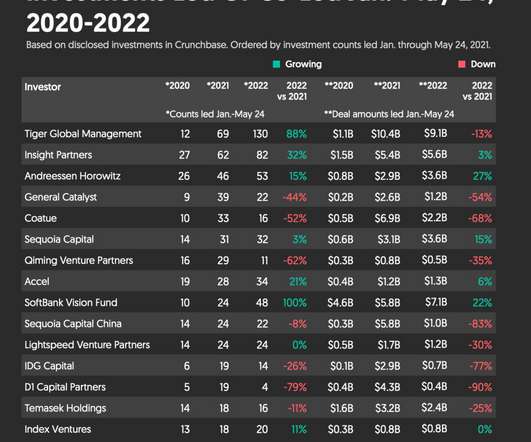





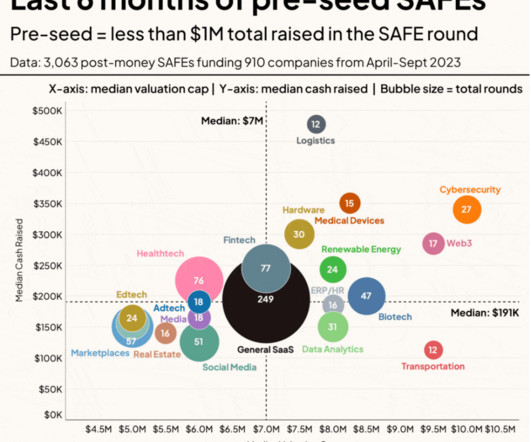
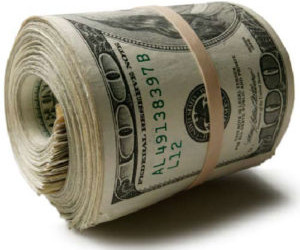








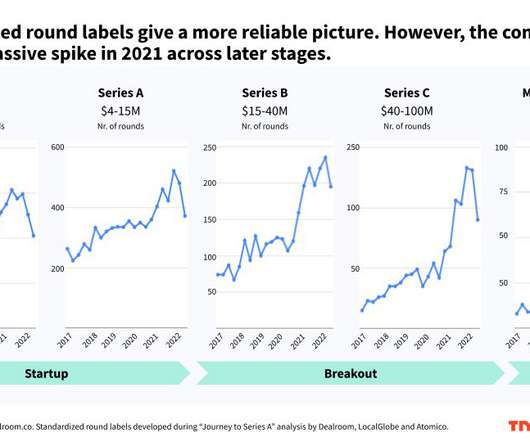











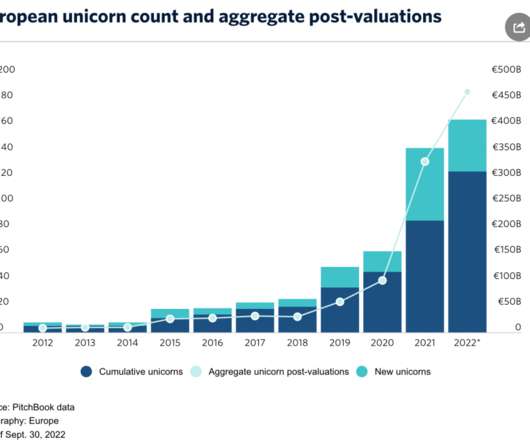






Let's personalize your content